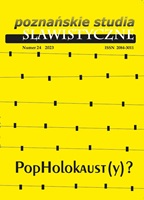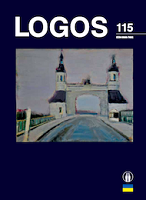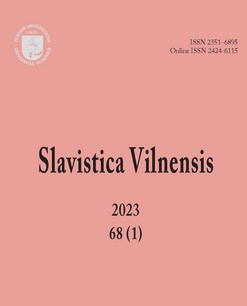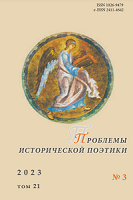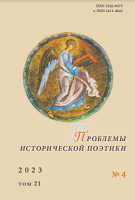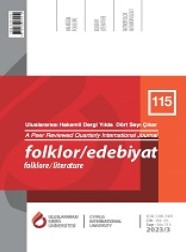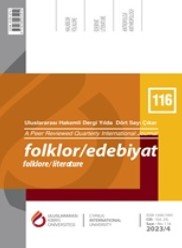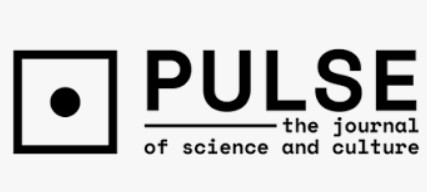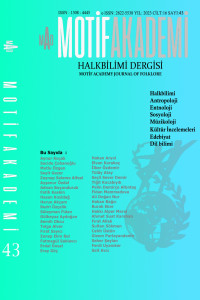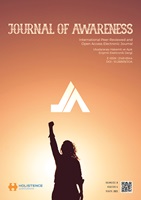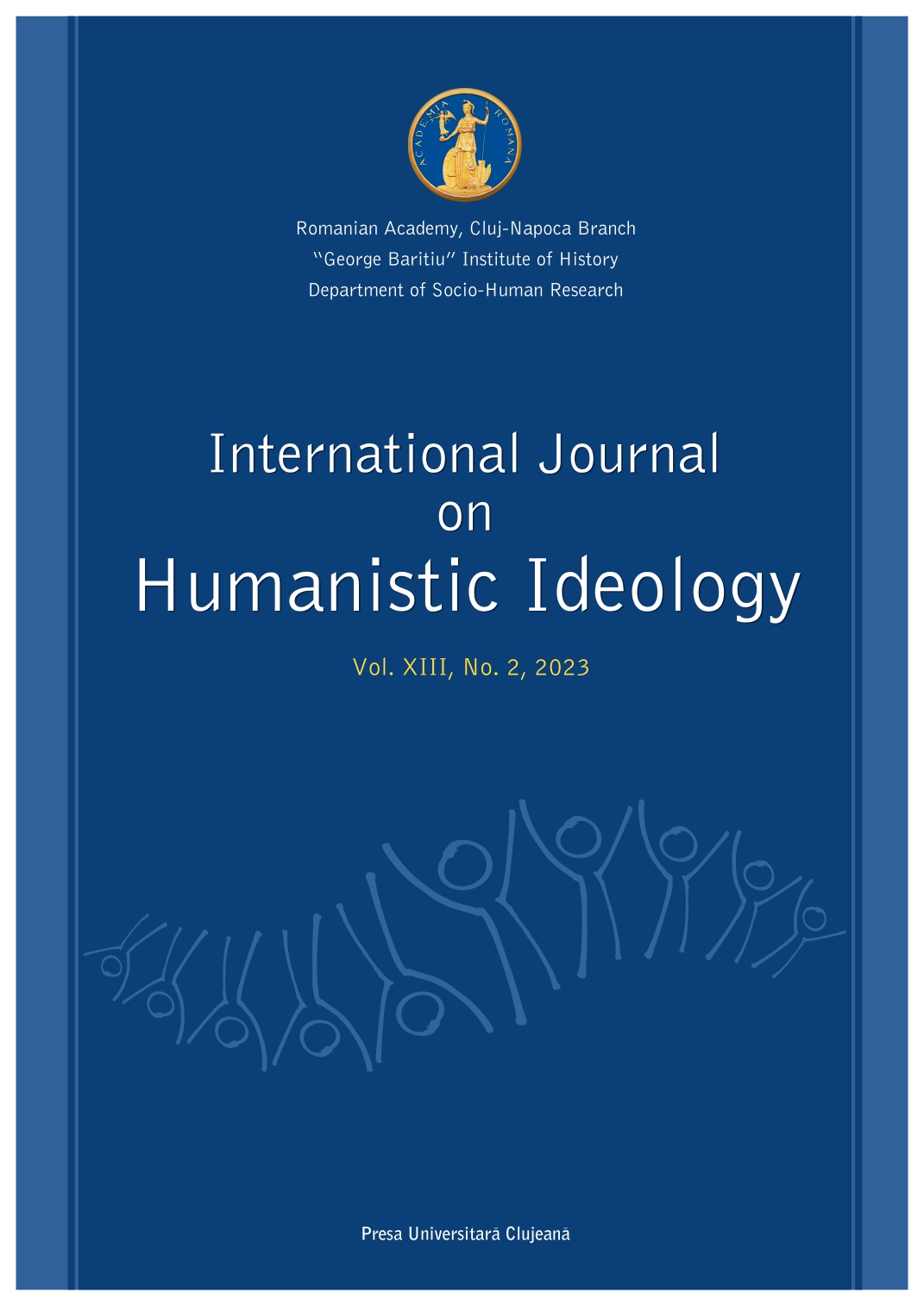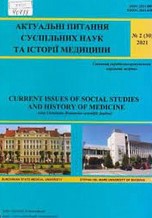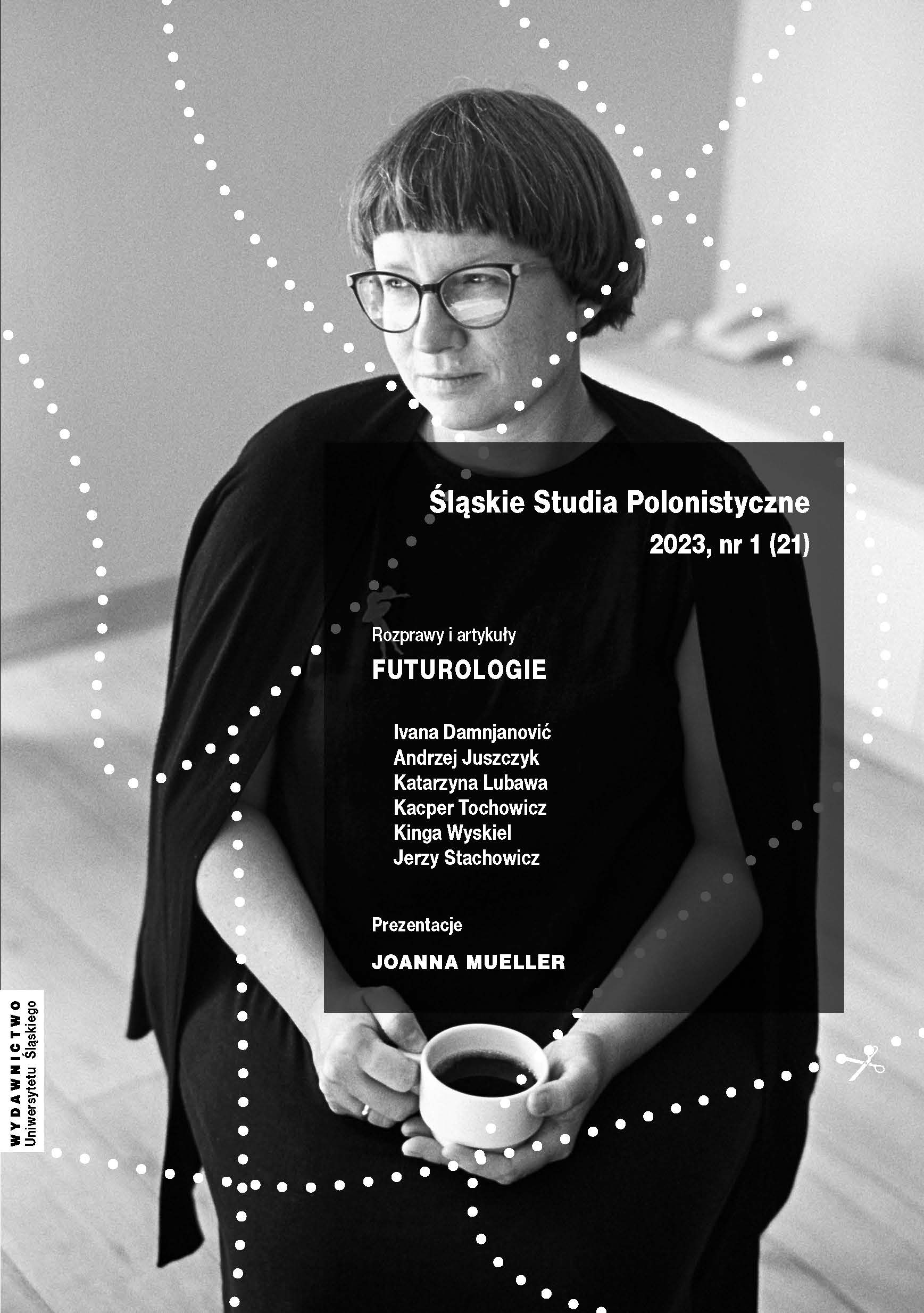
Mueller dwudziestoletnia oraz „Hista & her sista”. O dziewczyńskiej rewolucyjności twórczości poetki-matki
The article summarizes the current state of research devoted to the works of Joanna Mueller. The author of the text points out the critical impasse – the decline in interest in the poetry of Mueller, which seems to be caused by the reproduction of interpretive stereotypes about the nature of her works. In turn, the changes in the poet’s writing, which have not been taken into account in the reception, are shown on the example of the analysis of her latest volume, Hista & her sista, published in 2021. The article shows how Mueller’s poetry reveals its emancipatory potential, opposing accusations of excessive intellectualism and exaggerated formal sophistication, which has been said to mask the poet’s conservative worldview. It takes into account the context of Michel Foucault’s thought, whose concept of discourse Mueller draws on as she explores the multiple implications of the title’s notion of hysteria. Indeed, given its discursive and disciplinary nature, the poet performs a significant political subversion of the phenomenon. Hysterical women turn out to be subjects fighting for their own independence by transgressing the boundaries of the norm, while the supposed eternal immaturity of women, who were denied the right to rationality, is transformed into a positive value – it becomes the engine of a revolution.
More...
